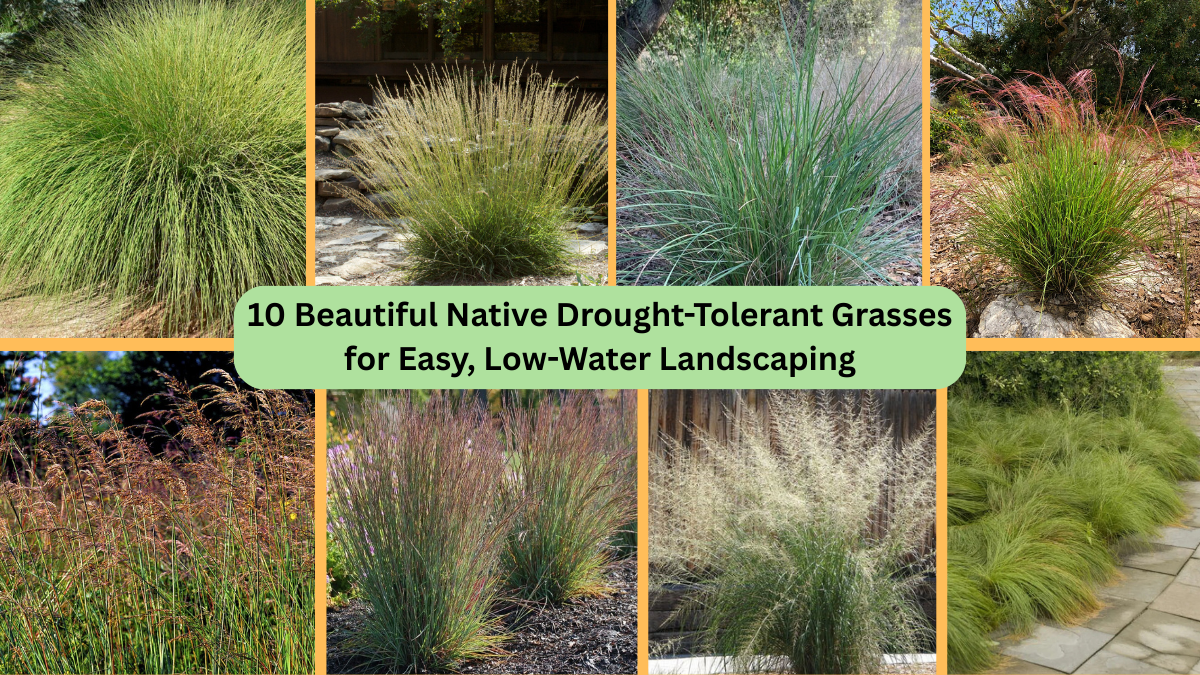As water conservation becomes increasingly important, especially in dry and arid regions, many gardeners are turning to native, drought-tolerant grasses for their landscapes. These grasses not only require less water but also add texture, movement, and natural beauty to gardens and outdoor spaces. They’re tough, resilient, and typically low-maintenance, making them perfect for eco-friendly, easy-care landscaping. Here’s a roundup of 10 beautiful native drought-tolerant grasses you can plant to create a stunning, sustainable outdoor space.
1. Blue Grama (Bouteloua gracilis)
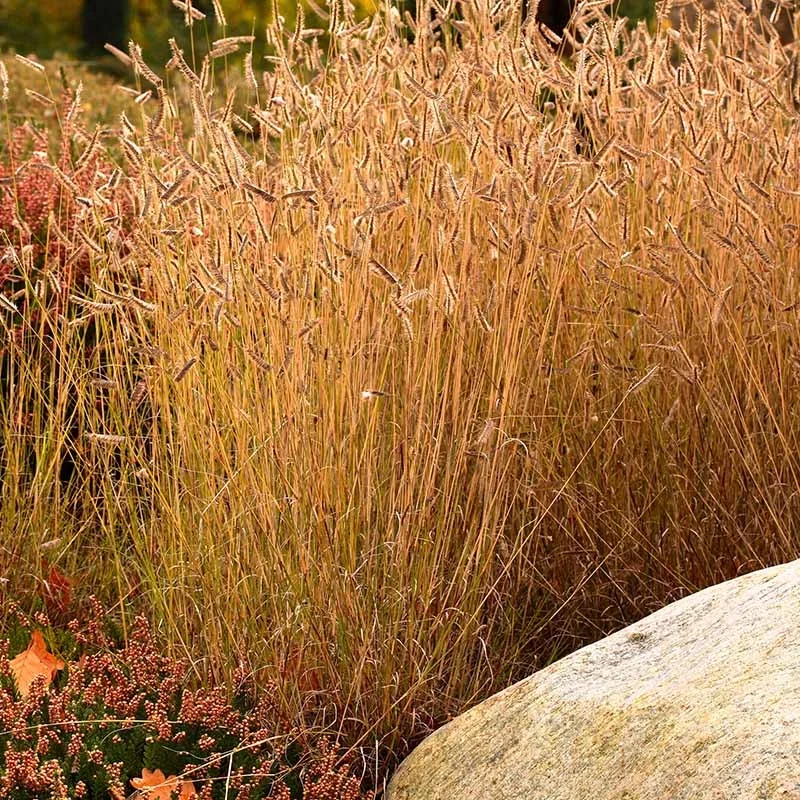
A true native of North America’s prairies, Blue Grama is a hardy, drought-tolerant grass loved for its fine texture and distinctive seed heads that resemble tiny eyelash-like combs. It grows in small clumps, typically reaching heights of 12-18 inches. This grass thrives in full sun and poor, well-drained soil. Blue Grama turns a beautiful golden brown in the fall, adding seasonal interest. It’s ideal for naturalistic meadows, xeriscaping, or as a low-maintenance lawn alternative in dry regions.
2. Little Bluestem (Schizachyrium scoparium)
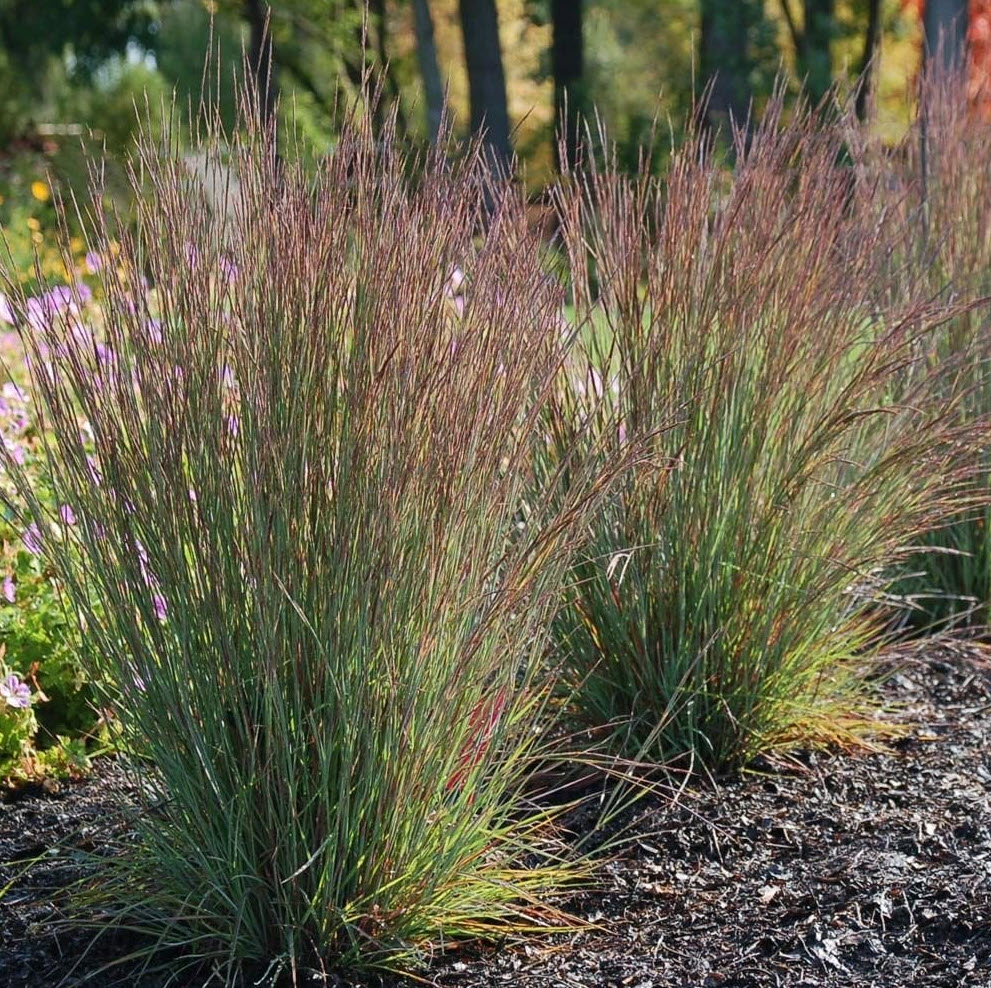
Little Bluestem is a compact, upright native grass that’s as tough as it is beautiful. Reaching about 2-4 feet in height, this grass is prized for its blue-green summer foliage, which turns coppery-orange and reddish-bronze in fall. It thrives in full sun, tolerates drought and poor soil, and requires minimal care. Little Bluestem works well in native plant gardens, prairie-style landscapes, and erosion control projects, adding vertical interest and year-round color to your outdoor space.
3. Purple Threeawn (Aristida purpurea)
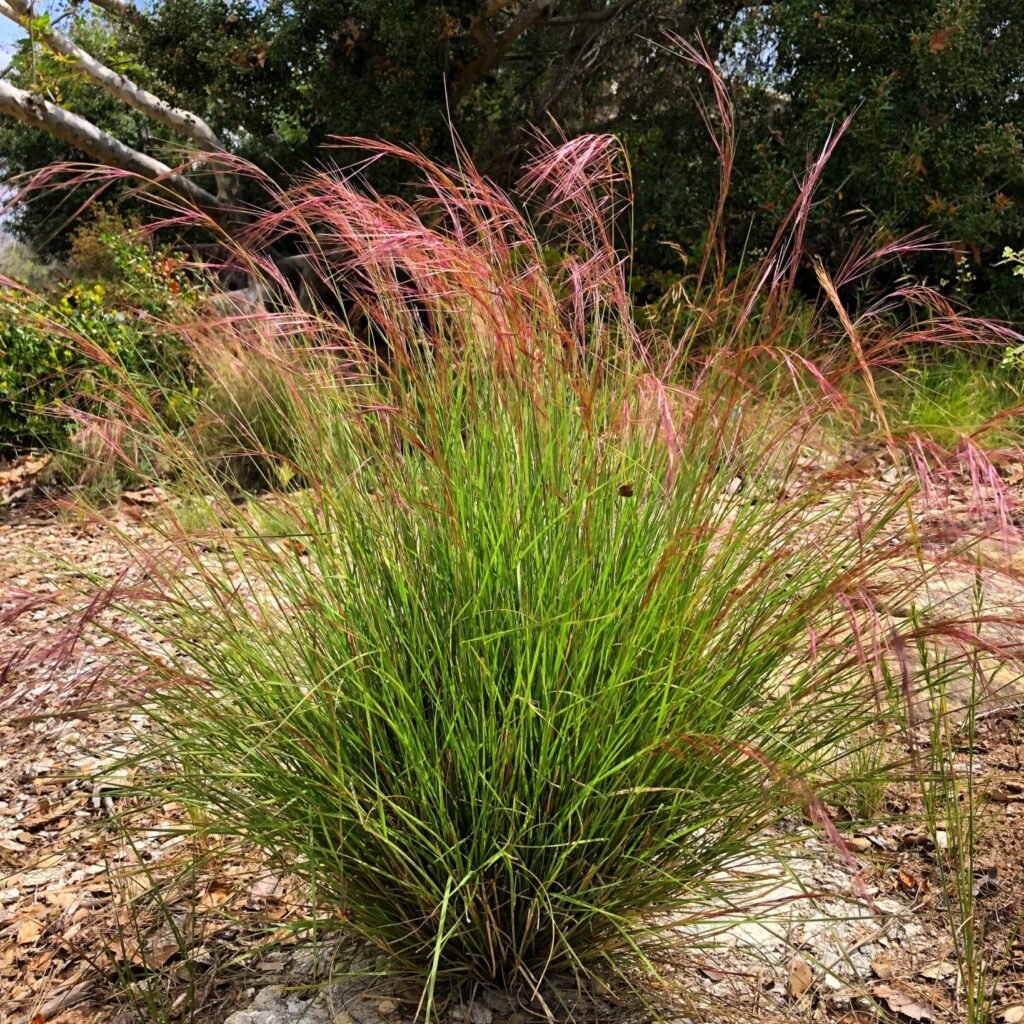
This striking native grass is known for its delicate, purple-tinged seed heads that shimmer in the breeze. Purple Threeawn grows to about 1-2 feet tall and does best in full sun and well-drained soil. It’s highly drought-tolerant, making it a valuable addition to xeriscape gardens and natural landscapes. Its airy texture and subtle color make it a perfect companion to native wildflowers and other low-water perennials. In addition to its beauty, Purple Threeawn provides habitat for small birds and pollinators.
4. Sideoats Grama (Bouteloua curtipendula)
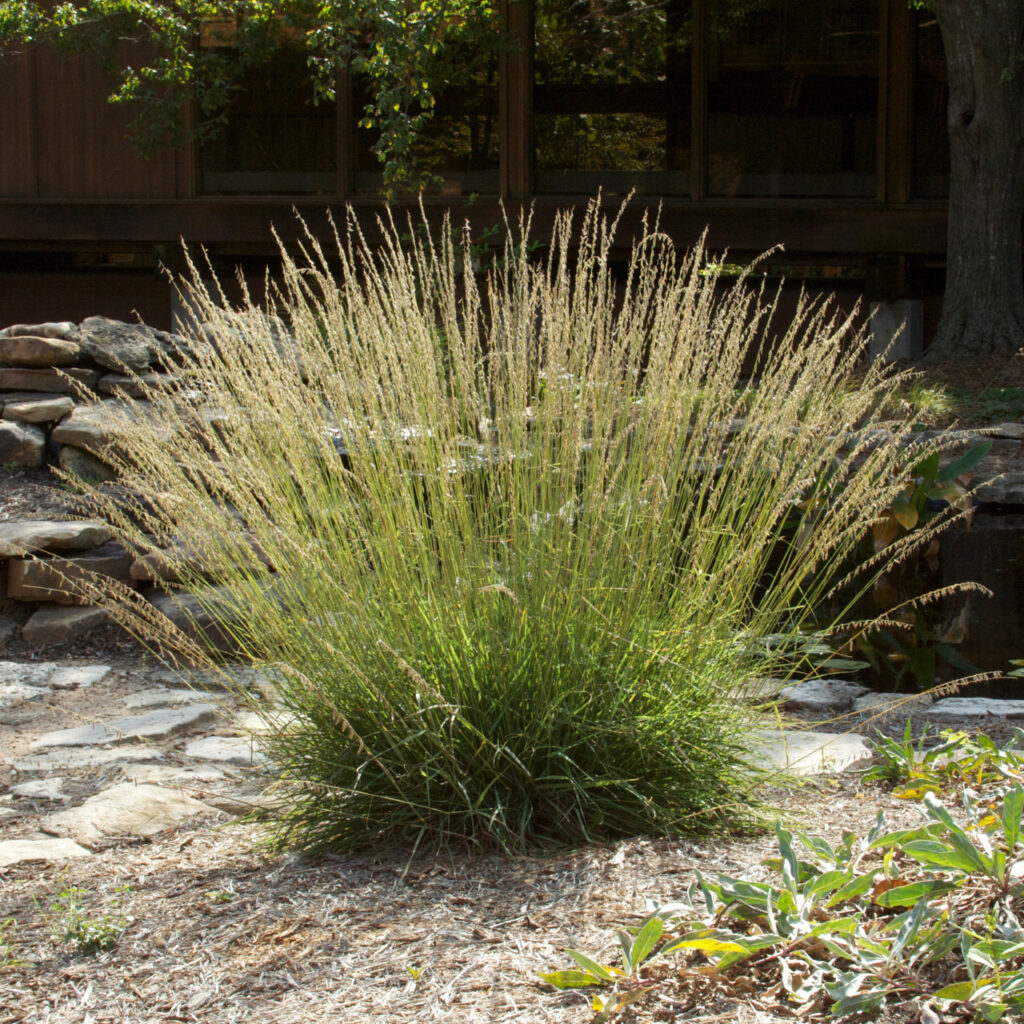
Named for its distinctive oat-like seeds that dangle from one side of the stem, Sideoats Grama is both ornamental and functional. It reaches heights of 2-3 feet and displays attractive green foliage in summer that turns golden-orange in fall. This drought-tolerant grass thrives in full sun and poor soils, making it an excellent option for erosion control and dry landscapes. Its airy seed heads and fine foliage add graceful movement and natural beauty to any native plant or wildflower garden.
5. Prairie Dropseed (Sporobolus heterolepis)
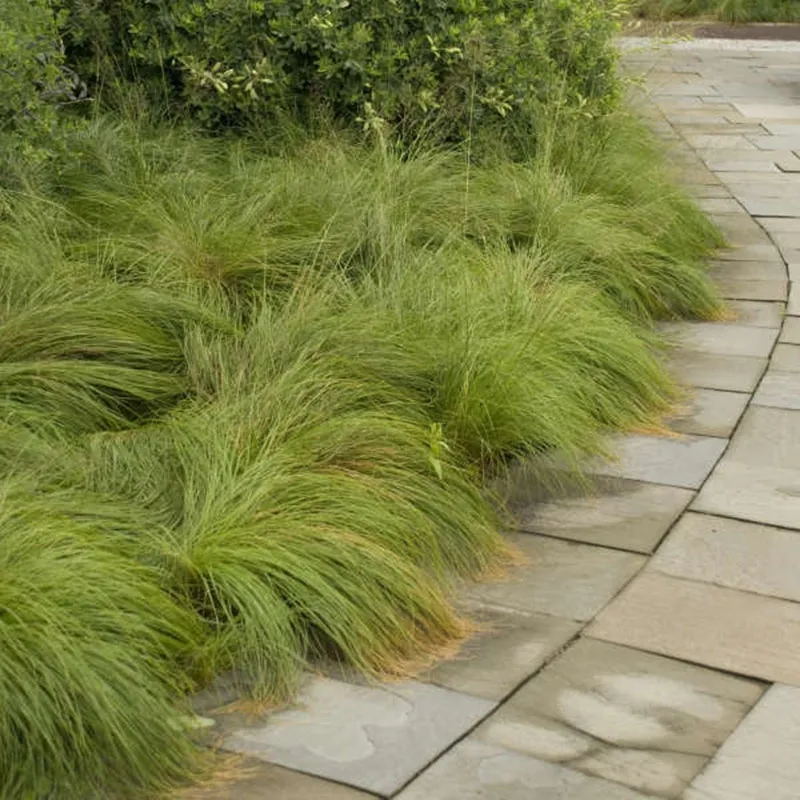
Prairie Dropseed is one of the most ornamental native grasses available, with fine-textured, arching green foliage that turns shades of orange, gold, and russet in autumn. It typically grows 2-3 feet tall and wide, forming tidy clumps. In late summer, it produces fragrant, airy flower panicles that hover above the foliage. This grass thrives in full sun and dry, well-drained soil. Its tidy form and drought tolerance make it perfect for borders, native meadows, or low-maintenance foundation plantings.
6. Buffalograss (Bouteloua dactyloides)
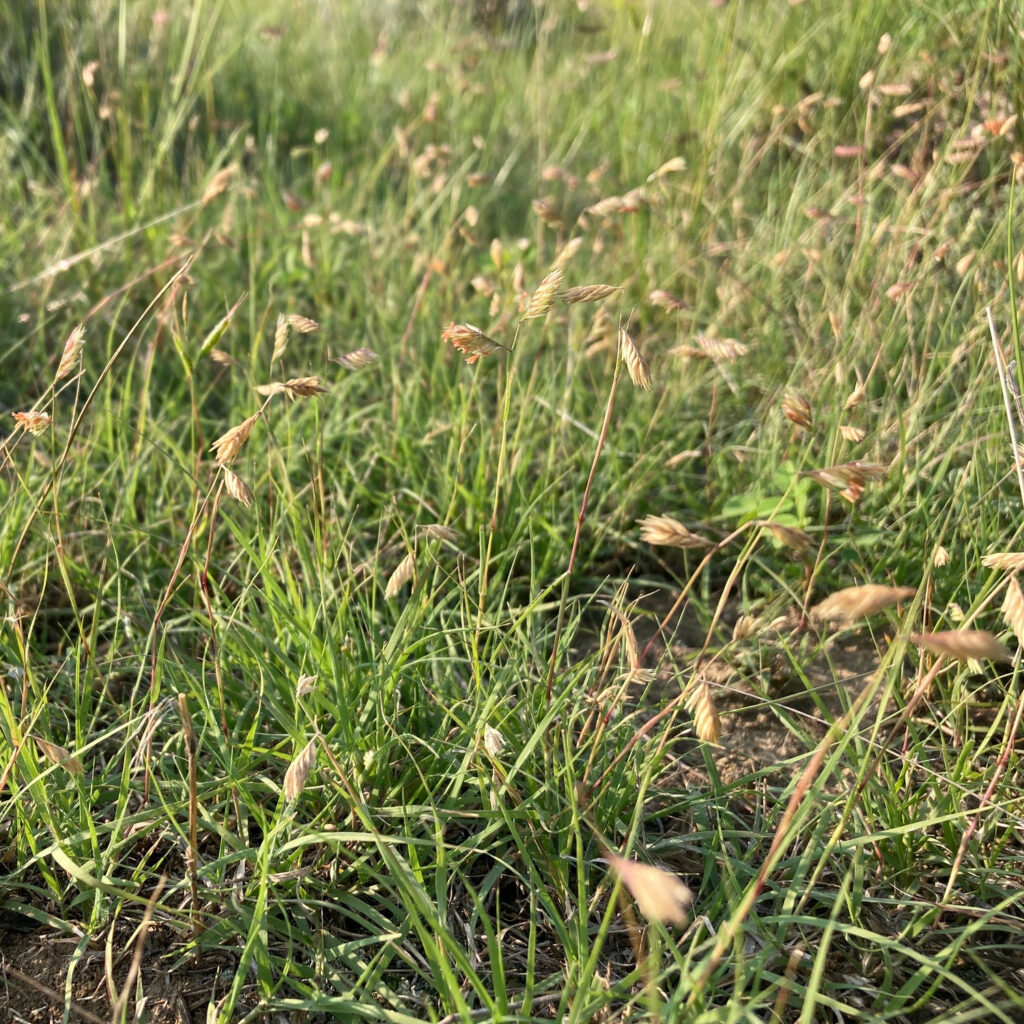
Buffalograss is a warm-season native grass that forms a dense, fine-textured lawn alternative requiring minimal mowing and water. It typically grows only 4-6 inches tall, making it ideal for groundcover or low-water lawns. This grass thrives in full sun and is highly drought-tolerant, capable of surviving on natural rainfall in many regions. Its blue-green foliage turns a soft tan in winter, providing year-round appeal. Buffalograss is perfect for those seeking a native, eco-friendly alternative to traditional turfgrass.
7. Indian Grass (Sorghastrum nutans)
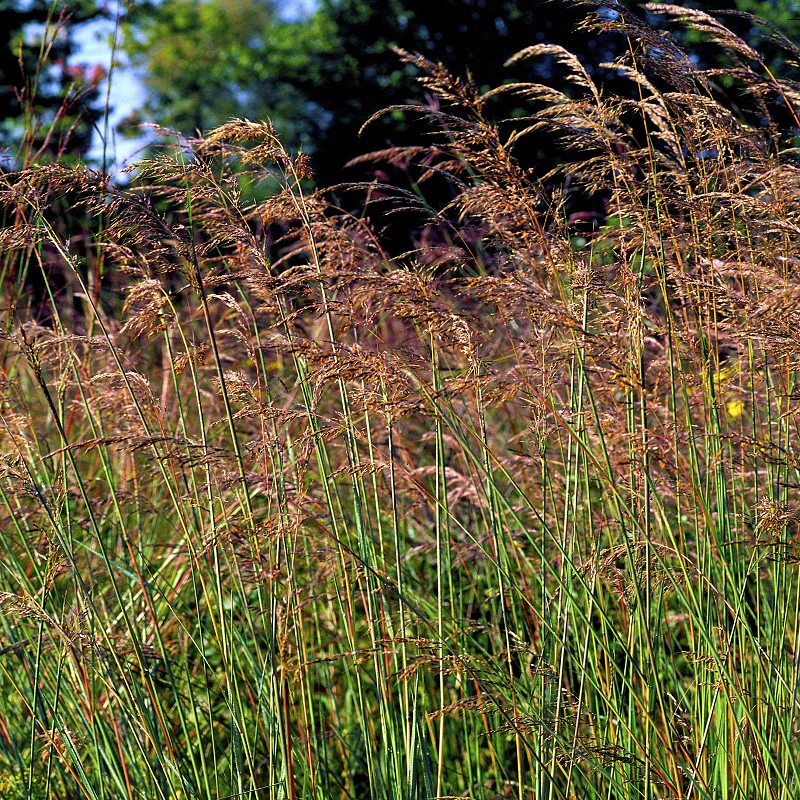
Tall, elegant, and easy to grow, Indian Grass is a beautiful native ornamental grass that reaches heights of 4-7 feet. Its narrow, upright blue-green foliage and golden, feathery flower plumes in late summer add striking vertical interest to any garden. This grass is highly drought-tolerant and thrives in full sun and well-drained soil. It provides food and shelter for wildlife, making it a great addition to habitat gardens, native prairie restorations, or as a dramatic backdrop in mixed plantings.
8. Alkali Sacaton (Sporobolus airoides)
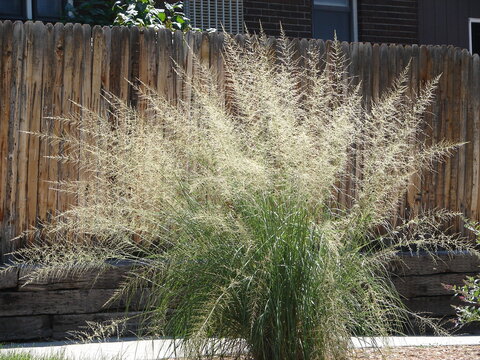
Ideal for arid and saline soils, Alkali Sacaton is a resilient native grass with fine, airy seed heads that shimmer in the sunlight. Growing to about 3-4 feet tall, it forms upright clumps with narrow green leaves that turn golden in the fall. It’s highly drought-tolerant and thrives in full sun. This grass is often used in erosion control, roadside plantings, and native landscaping projects. Its graceful texture and drought resistance make it an ideal choice for dry, tough growing conditions.
9. California Fescue (Festuca californica)
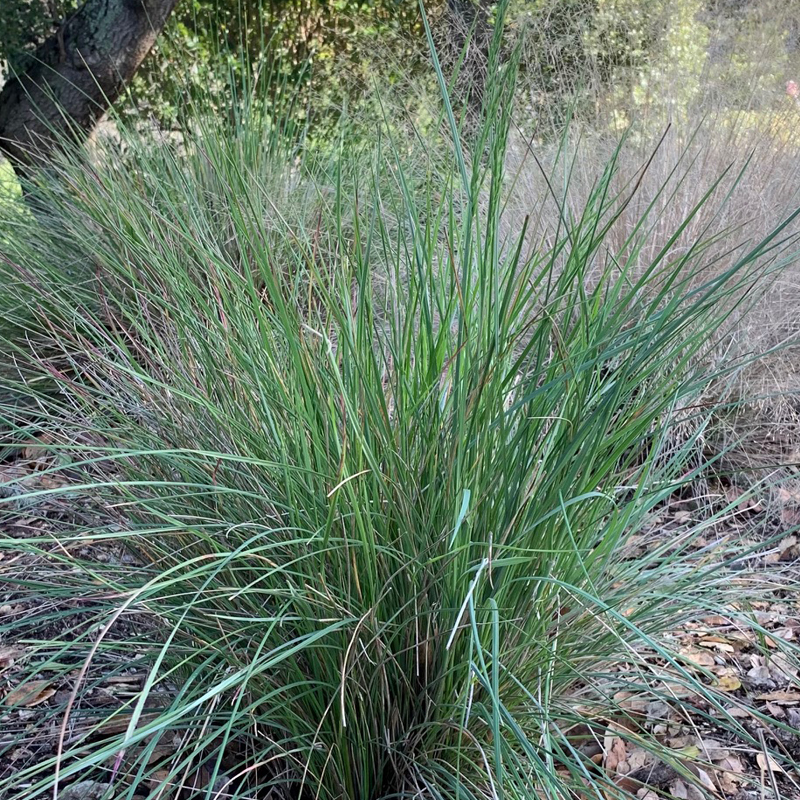
Native to California’s woodlands and chaparral, California Fescue is a cool-season bunchgrass valued for its fine blue-green foliage and delicate seed heads. It typically grows 2-4 feet tall and tolerates dry shade better than many other native grasses. This drought-tolerant plant thrives under oak trees and in woodland gardens, making it perfect for dry, shady areas. Its soft, flowing form adds a serene, naturalistic feel to garden beds and native landscapes while supporting local pollinators and wildlife.
10. Mule’s Ears Grass (Muhlenbergia rigens)
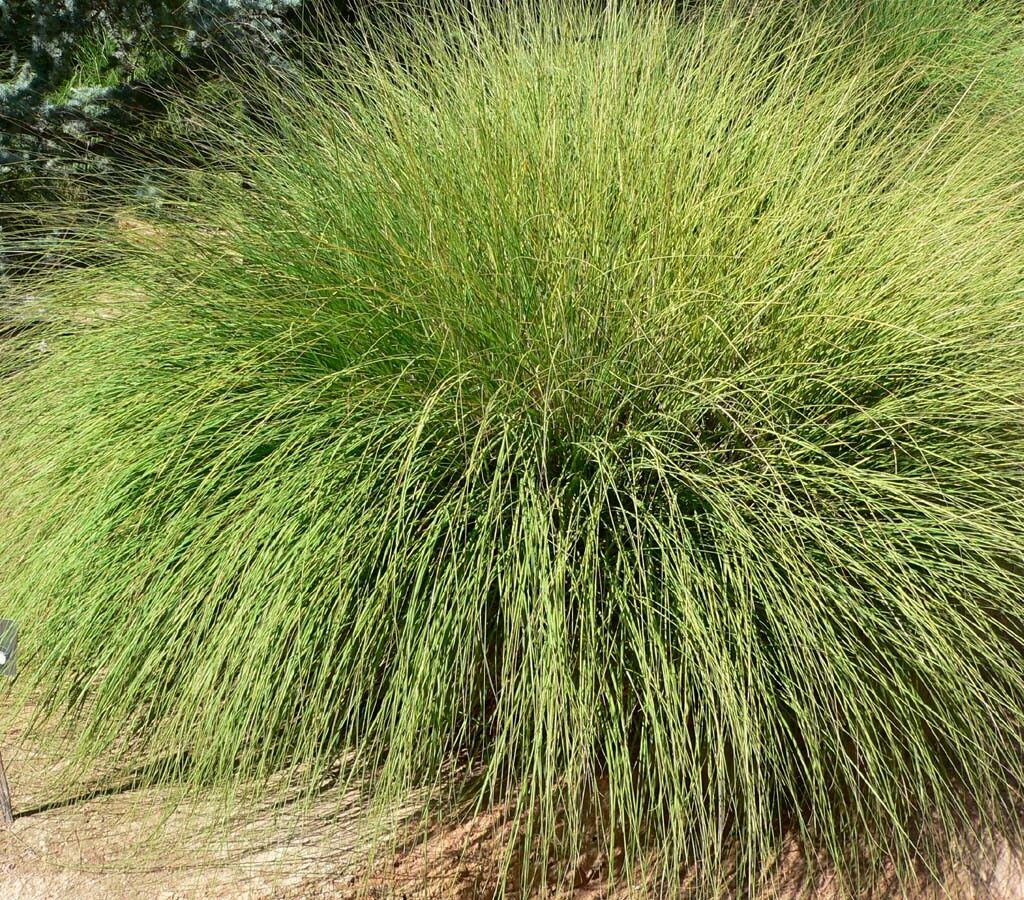
Commonly known as Deer Grass, Muhlenbergia rigens is a clumping, warm-season native grass known for its tall, arching form and fine-textured flower spikes. It grows 3-5 feet tall and wide, producing silvery, airy plumes in late summer and fall. Highly drought-tolerant and low-maintenance, it thrives in full sun and well-drained soil. Deer Grass is ideal for adding structure and movement to dry gardens, wildlife habitats, and native plantings. Its ability to thrive in tough conditions makes it a popular choice for sustainable, water-wise landscapes.
